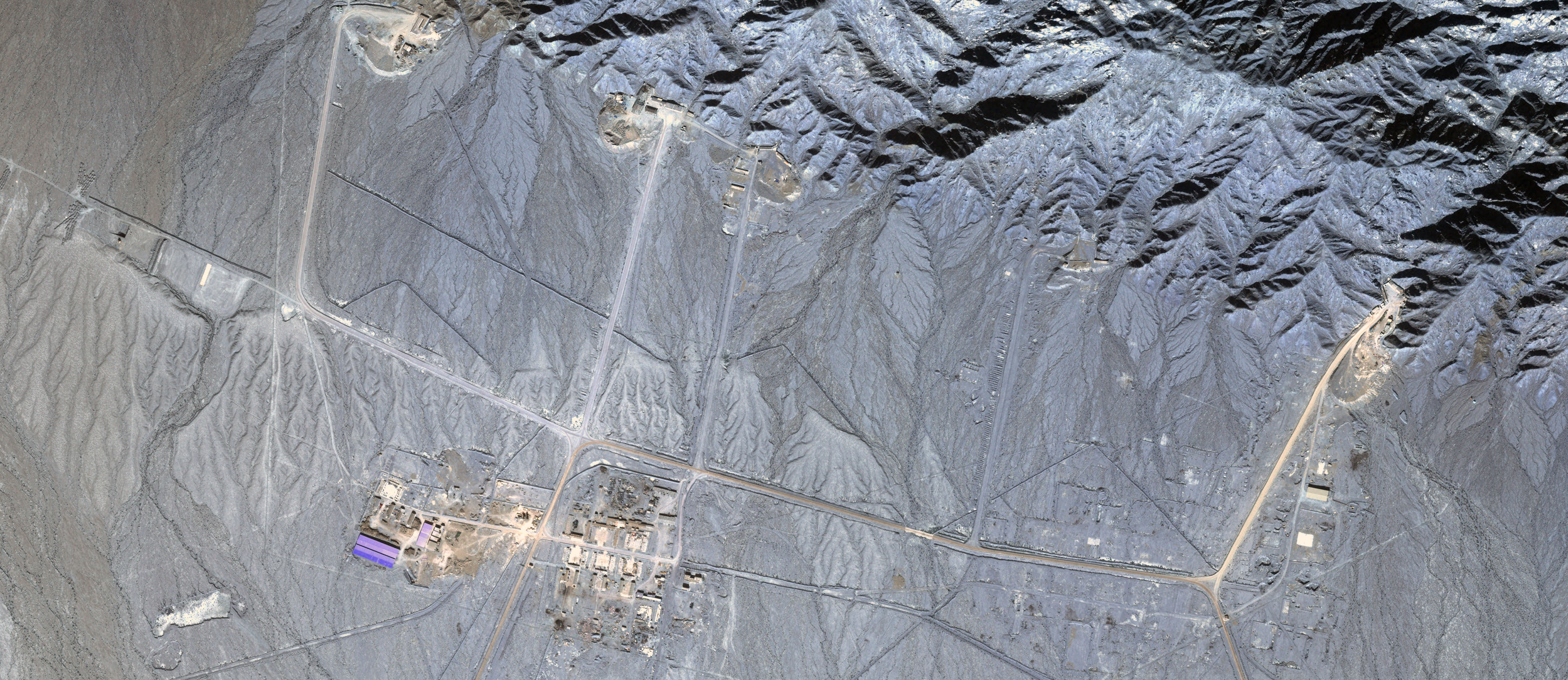China has maintained secrecy with regards to the design specifics of its modern nuclear warheads and ongoing nuclear modernization and arsenal buildup, limiting understanding of its arms capabilities. Based on a variety of new, Chinese-language sources, this presentation, based upon the MIT forthcoming book China's Nuclear Weapon Development and Testing, offers the most comprehensive account of China's nuclear weapons development. Investigating the era from 1955 to 1996, this talk will give new details about purpose and technical specifics of Chinese nuclear tests, as well as its pursuit of warhead miniaturization. The new findings suggest that China's modern nuclear weapons program is more advanced than previously believed, capable of producing small, light warheads and state-of-the-art missile technologies.
About the speaker: Hui Zhang is a Senior Research Associate at the Project on Managing the Atom in the Belfer Center for Science and International Affairs at Harvard University's John F. Kennedy School of Government. He currently is leading a research initiative on China's nuclear policies for the Project on Managing the Atom in the Kennedy School of Government. His researches include verification techniques of nuclear arms control, the control of fissile material, nuclear terrorism, China's nuclear policy, nuclear safeguards and non-proliferation, policy of nuclear fuel cycle and reprocessing. Prior to joining the Kennedy School, he received a Ph.D. in nuclear physics in Beijing in 1996 and was a postdoctoral fellow at the Princeton University's Center for Energy and Environmental Studies.
